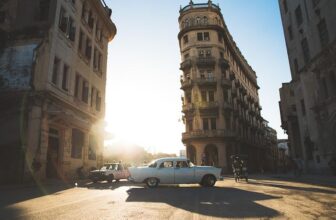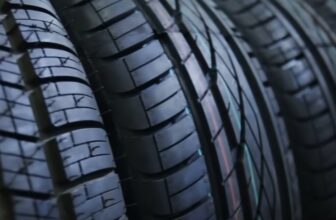
Poland is becoming an increasingly popular destination for tourism and business. Many foreigners visiting the country prefer to travel by car for greater freedom of movement. However, unfamiliarity with local traffic regulations and insurance requirements can lead to unpleasant situations, including serious legal troubles. Therefore, it is essential to understand Poland’s traffic rules before your trip.
Table of Contents
Key Differences Between Polish Traffic Rules and Other Countries
- Speed cameras ─ Poland extensively uses automatic speed monitoring systems. Speed cameras are installed on many roads, so adhering strictly to speed limits is crucial.
- Lighting ─ Strict rules apply to the use of headlights. Low-beam headlights must always be on in conditions of poor visibility (rain, snow, fog).
- Winter tires ─ Winter tires are mandatory during the winter season. The period for their use is specified by government regulations.
- Alcohol testers ─ A breathalyzer must be available in the car. Police can check blood alcohol levels at any time.
- Truck restrictions ─ Specific restrictions apply to the time and routes trucks can use.
Road Markings and Signs
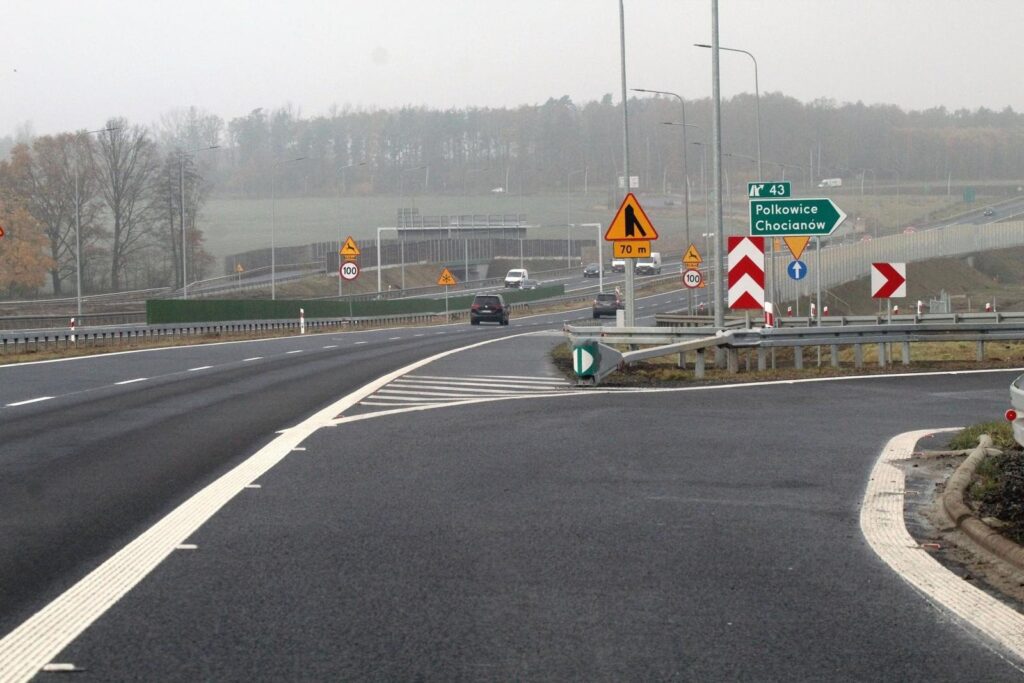
Source: world-today-news.com
- Road markings ─ While Polish road markings generally adhere to international standards, there are nuances to consider. For instance, markings may be painted on asphalt or applied using plastic elements.
- Road signs ─ Most road signs in Poland follow standard shapes and colors, but some unique signs provide information about local traffic conditions.
Fines for Traffic Violations and Payment Procedures
- Fines ─ Penalties for traffic violations in Poland can be quite steep, especially for serious infractions. Fines can be issued on the spot or mailed to your address.
- Payment ─ You can pay fines at any bank or post office. Online payment options are also available.
Mandatory Motor Third-Party Liability Insurance (OC)
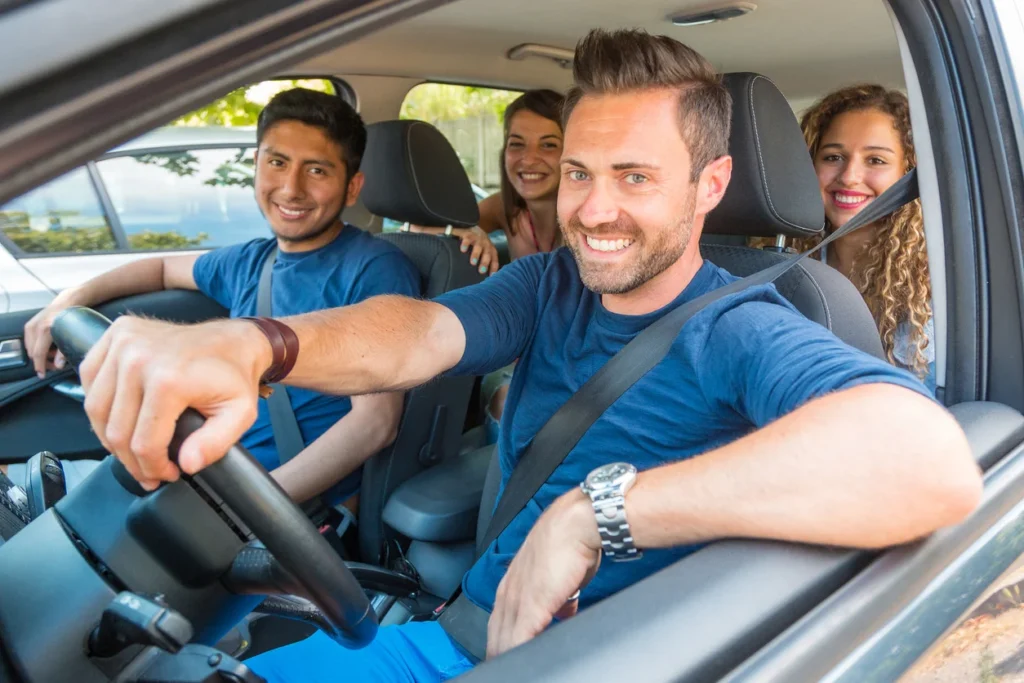
Source: compareinsuranceireland.ie
- Mandatory insurance ─ All vehicles registered in Poland must have motor third-party liability insurance (OC). This policy covers damage caused to third parties in traffic accidents.
- Validity period ─ The OC policy must remain valid throughout the period of vehicle use.
- Fines for missing insurance ─ Significant penalties apply if you fail to maintain an active OC policy.
Tips for Choosing an Insurance Policy
- Compare offers ─ Before purchasing a policy, compare offers from various insurance companies.
- Additional options ─ Besides mandatory OC insurance, you can opt for additional coverage like comprehensive insurance (CASCO), which protects your vehicle against theft, damage, and other risks.
- Assistance services ─ A helpful addition to your insurance is assistance services, which provide help in case of accidents, vehicle breakdowns, and other emergencies.
Additional Tips
- Polish language knowledge ─ Knowing some Polish will make your stay in Poland much easier.
- Navigation ─ Using a GPS navigator will help you find your way on unfamiliar roads.
- Patience ─ Be prepared for differences in road conditions compared to what you may be accustomed to.
The best way to avoid trouble is to strictly follow traffic rules.
Mandatory Driver’s License Exchange for Foreigners in Poland
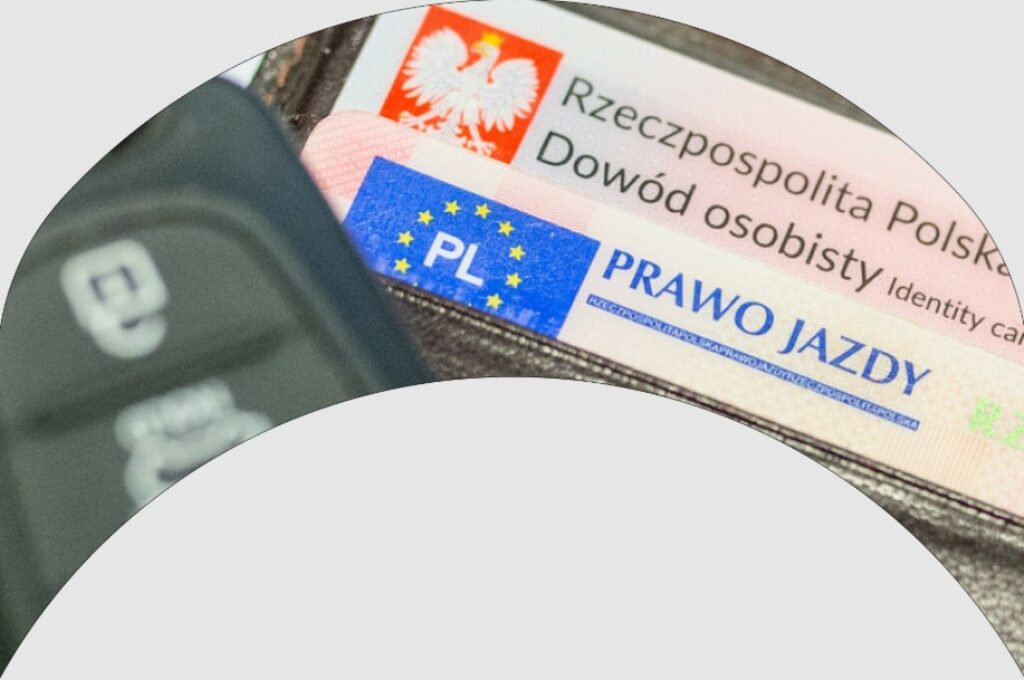
Source: aksis.agency
When Must Foreigners Exchange Their Driver’s Licenses for Polish Ones?
The requirement to exchange a foreign driver’s license for a Polish one depends on several factors:
- Length of stay ─ Foreigners legally residing in Poland for more than 185 days in a calendar year are generally required to exchange their licenses.
- Residence permit ─ Holding a temporary or permanent residence permit in Poland may also necessitate a license exchange.
- Purpose of stay ─ Foreigners working in Poland and using a car for professional purposes may be required to exchange their licenses earlier than the general deadline.
Who Is Exempt From License Exchange Requirements?
- Tourists ─ Foreigners temporarily visiting Poland for tourism can usually drive with their national licenses for a limited period (usually up to 6 months).
- Students ─ Students enrolled in Polish universities may also have certain exemptions regarding license exchange.
The process of exchanging a driver’s license can be time-consuming, especially without knowledge of Polish. Seeking assistance from specialists can simplify the procedure.
Driving in Major Polish Cities
Driving in large Polish cities like Warsaw, Krakow, Wroclaw, and Gdansk comes with specific challenges:
- Heavy traffic ─ Major cities experience dense traffic, especially during peak hours. Be prepared for congestion and maintain a safe following distance.
- Speed limits ─ Urban speed limits are lower than on rural roads. Pay close attention to road signs.
- Entry fees ─ Some cities, such as Wroclaw, have introduced fees for entering city centers. Check in advance if such systems are in place and how to pay them.
- Street parking ─ Finding a parking spot in city centers can be difficult. Learn parking rules and payment methods beforehand.
- Cyclists and pedestrians ─ Polish cities have well-developed cycling infrastructure, so watch out for cyclists and pedestrians, especially at crosswalks.
- Public transport ─ Poland’s cities boast efficient public transport systems (trams, buses, and metro). Consider using public transport during peak hours.
What to Do in Case of an Accident in Poland
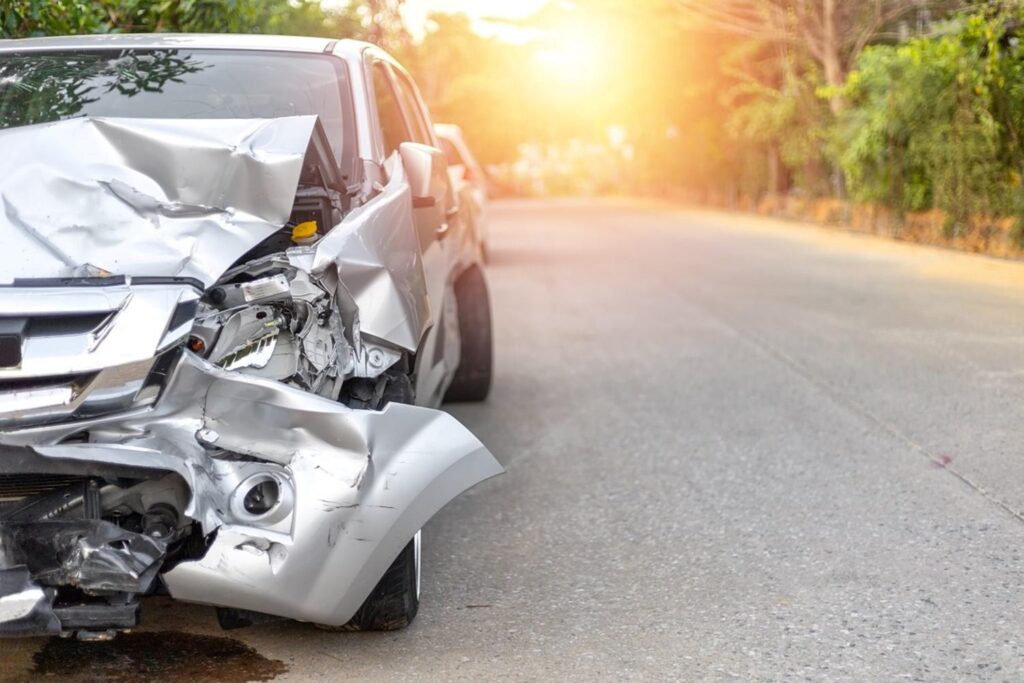
Source: mccarthycollisioncenters.com
Being involved in an accident is stressful, but knowing the proper steps can make it easier:
1. Ensure Safety
- Stop the car in a safe location.
- Turn on hazard lights and set up a warning triangle.
- Check for injuries. If there are any, call emergency services at 999.
2. Call the Police
- Even for minor accidents, it is advisable to call the police at 112 or 997. Police will prepare an accident report, which is necessary for insurance claims.
3. Document the Scene
- Take photos of vehicle damage, skid marks, the positions of the vehicles, and other relevant details.
- Record contact details of other parties involved and any witnesses.
4. Notify Your Insurance Company
- Contact your insurer to report the accident.
5. Do Not Admit Fault
- Even if you believe you are at fault, do not officially admit guilt until all facts are clarified.
6. Keep All Documents
- Save all accident-related documents, including the police report, photos, and repair receipts, as they may be required for insurance claims.
Conclusion
When planning a trip to Poland by car, thorough preparation is essential. Familiarizing yourself with local traffic rules, choosing the right insurance policy, and complying with all requirements will help you avoid unpleasant situations and ensure a safe and comfortable journey.



